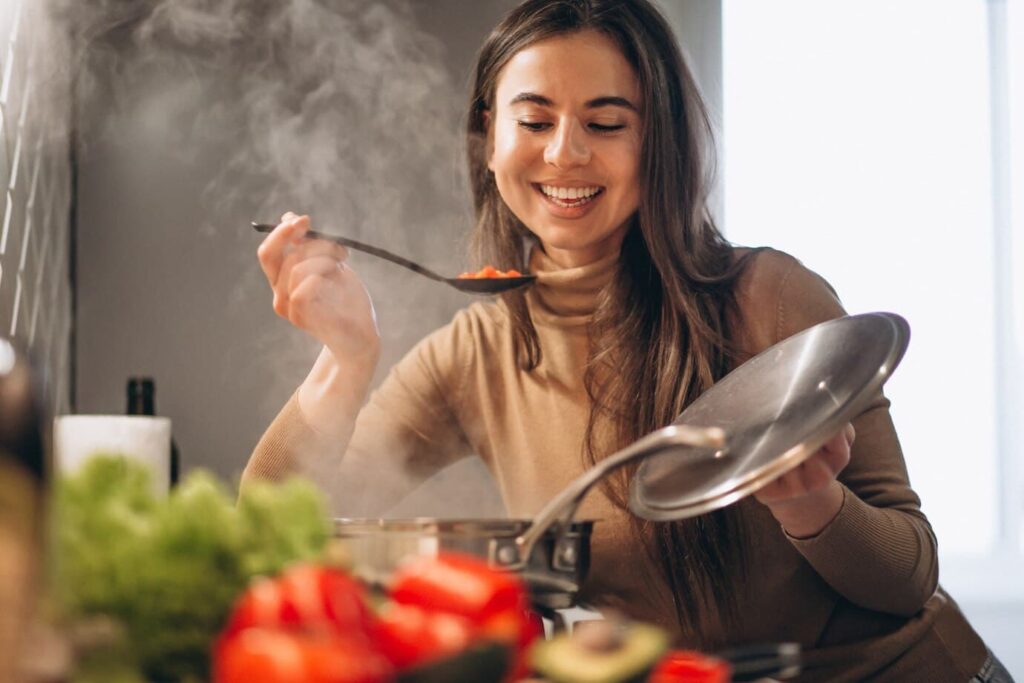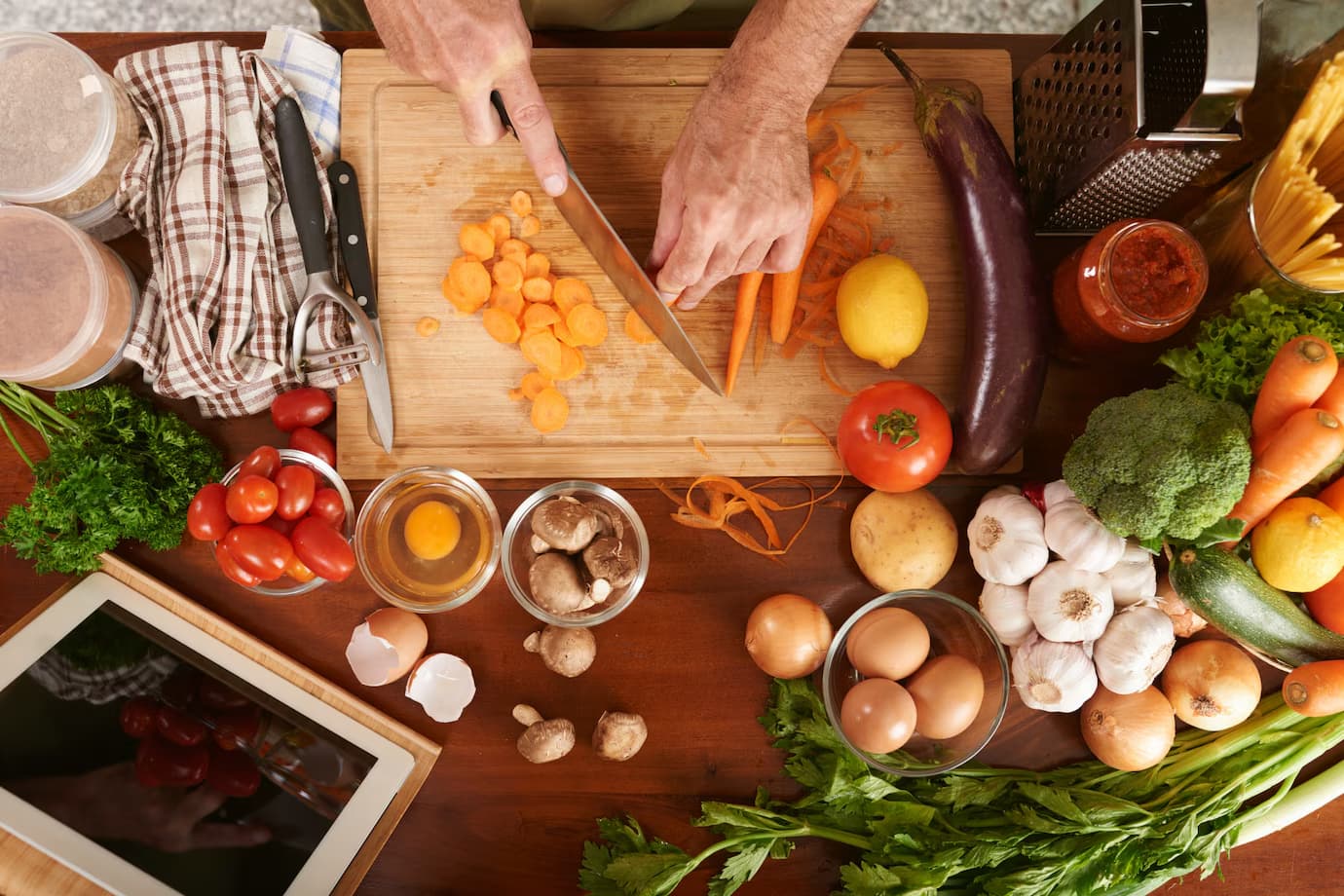The clock strikes 5 PM, and the familiar wave of panic begins. What’s for dinner? The energy to chop, sauté, and clean is nonexistent, and the allure of expensive, unhealthy takeout becomes almost impossible to resist. If this scenario feels all too familiar, I want to introduce you to my single greatest kitchen secret, the one that truly changed my relationship with food and gave me back my weeknights: meal prepping. But I’m not talking about the intimidating images you see online of twenty identical, perfectly portioned containers. I’m talking about a flexible, creative, and genuinely simple approach that transforms a couple of hours on a Sunday into a week of calm, delicious, and home-cooked meals. This isn’t about creating a rigid menu; it’s about giving your future self the gift of choice and convenience.
The Prep Philosophy: It’s About Components, Not Clones
The number one mistake beginners make is thinking they need to cook five complete, identical meals. By Wednesday, they’re bored to tears and never want to see chicken and broccoli again. This is why the first step is a mindset shift. We are not prepping meals; we are prepping components. Think of your Sunday prep session as creating a personal “salad bar” in your fridge. You are preparing a curated selection of building blocks—a cooked grain, a versatile protein, some roasted vegetables, and a delicious sauce. When it’s time to eat, you’re not reheating a sad, homogenous leftover. Instead, you are an artist, assembling these pre-prepared components into a fresh, vibrant, and satisfying meal in under five minutes. This approach vanquishes boredom because the same components can be combined in dozens of different ways. It’s the ultimate strategy for culinary creativity and everyday ease.
Your Sunday Strategy: The Blueprint for Success

Success in meal prep comes down to a simple, repeatable ritual. You don’t need an entire day; a focused two-hour window is more than enough. Put on your favorite music or a podcast and turn it into a relaxing, productive session rather than a chore. Your strategy can be broken down into three key parts. First, choose your components for the week. Don’t overcomplicate it. Pick one from each major category to start. Second, get your equipment ready. You don’t need fancy gadgets, but having a set of quality, airtight glass containers is a game-changer. They don’t stain or hold odors, and you can see exactly what’s inside, which makes assembling meals much easier. Finally, execute your plan with a “batching” mindset. While the grain is simmering on the stove, the vegetables and protein can be roasting in the oven. It’s all about efficient, parallel workstreams that maximize your time.
Here is a simple-yet-effective list of building blocks to get you started on your first prep:
- A Versatile Grain: Cook a large batch of quinoa, brown rice, or farro. These can be the base for bowls, a filling for wraps, or a side for a protein.
- A Go-To Protein: Prepare something that can be eaten hot or cold. Think shredded chicken cooked in a slow cooker, a big batch of seasoned lentils or chickpeas, or cubes of baked tofu.
- A Rainbow of Roasted Vegetables: Roasting deepens the flavor and improves the texture of vegetables, helping them last longer. A sheet pan of broccoli, bell peppers, red onion, and sweet potatoes with a little olive oil and salt is a perfect start.
- A “Secret Sauce” or Dressing: This is the key to fighting flavor fatigue. Whisk together a simple lemon-tahini dressing, a classic vinaigrette, or a zesty yogurt-dill sauce. This finishing touch makes everything feel like a complete, intentional meal.
The Assembly Line: Bringing Your Week to Life
Now for the magic. You’ve done the work, and your fridge is stocked with beautiful, ready-to-go components. Here’s how effortlessly your week of meals can come together. For Monday’s lunch, you could create a “Power Bowl” by layering a scoop of quinoa, a handful of shredded chicken, a generous portion of roasted vegetables, and a drizzle of your tahini dressing. On Tuesday, you might take those same components and stuff them into a whole-wheat tortilla with a handful of fresh spinach for quick and satisfying wraps. By Wednesday, you can chop up the chicken and roasted vegetables, toss them with fresh lettuce, and use your vinaigrette to create an elevated, hearty salad that would cost a fortune at a cafe. You haven’t eaten the same meal twice, yet you’ve used the exact same core ingredients. This is the freedom and power of component prepping. It removes the daily decision fatigue and replaces it with a sense of calm control, ensuring that a healthy, delicious meal is always the easiest option.



